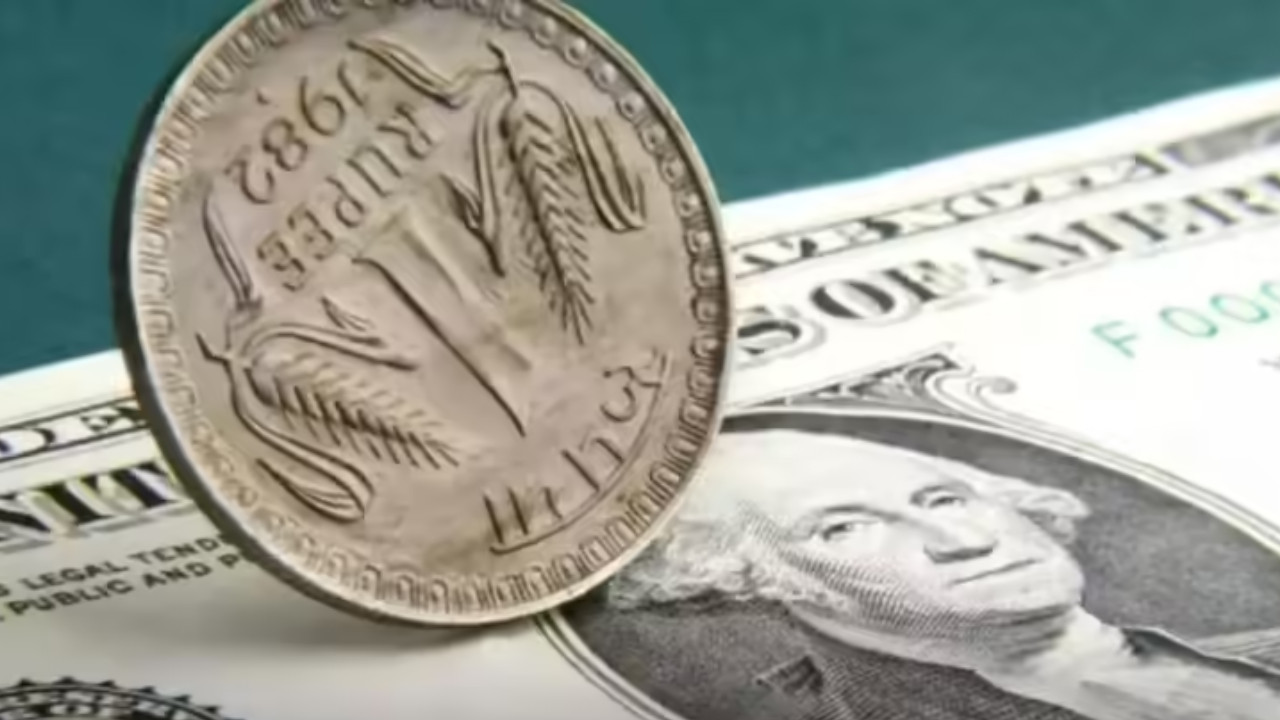The Indian rupee experienced a significant drop against the dollar, despite the dollar’s global weakness, due to concerns over increased US tariffs and H-1B visa fees. This decline has negatively impacted India’s IT sector, although the RBI intervened to manage volatility. Experts anticipate a potential rupee recovery in October, expecting the dollar and rupee to move in opposite directions.
Navigating the Rupee’s Dip: Understanding the Current Market Dynamics
The Indian Rupee (INR) recently touched a new low, sparking conversations and concerns across the economic landscape. It’s a development that affects everyone from international investors to the average Indian consumer. Let’s unpack what’s happening and what it might mean for the future.
The rupee plunged to ₹88.80 against the US dollar, marking a significant dip. While currency fluctuations are a normal part of global economics, a drop of this magnitude raises eyebrows. The rupee has lost over 3.5% of its value this year alone. What are the key drivers behind this downward trend?
Several factors contribute to the rupee’s depreciation. A primary one is the strength of the US dollar. When the dollar strengthens, as it has been doing lately thanks to robust economic data and rising interest rates in the US, other currencies tend to weaken in comparison. Think of it like a seesaw: as one side goes up, the other must come down.
Another contributing factor is global uncertainty. Geopolitical tensions, supply chain disruptions, and fears of a global recession create a risk-off environment, causing investors to flock to safe-haven assets like the US dollar. This increased demand for dollars puts further downward pressure on currencies like the rupee.
Furthermore, India’s trade deficit plays a role. A trade deficit occurs when a country imports more goods and services than it exports. This leads to a greater demand for foreign currency (like the US dollar) to pay for imports, which can weaken the local currency. Increased oil prices exacerbate this situation, as India is a major oil importer.

The Impact of a Weaker Rupee
A weaker rupee has a ripple effect throughout the economy. For importers, it means paying more for goods and services purchased from abroad. This can lead to higher prices for consumers, contributing to inflation.
Conversely, a weaker rupee can benefit exporters, as their goods and services become more competitive in the global market. This could potentially boost exports and help to narrow the trade deficit. However, the overall impact is complex and depends on various factors, including the nature of the exported goods and the global demand for them.
For Indian students studying abroad, a weaker rupee translates to higher tuition fees and living expenses. Similarly, international travel becomes more expensive for Indian tourists.
What’s Being Done?
The Reserve Bank of India (RBI) is closely monitoring the situation and has been intervening in the foreign exchange market to manage the rupee’s volatility. Intervention can take various forms, such as selling US dollars from its reserves to increase the supply of dollars in the market and thereby prop up the rupee.
The RBI also uses monetary policy tools, such as adjusting interest rates, to influence the value of the rupee. Higher interest rates can attract foreign investment, which can strengthen the currency.
However, the RBI faces a delicate balancing act. While it wants to stabilize the rupee, it also needs to consider the impact of its actions on economic growth and inflation. Aggressive intervention could deplete the country’s foreign exchange reserves and hurt economic activity.
You can read more about the effects of rising interest rates in our previous article, [Impact of Rate Hikes on the Economy](link-to-related-article).
Looking Ahead: The Future of the Indian Rupee
Predicting the future of any currency is a challenging task, as numerous factors can influence its trajectory. The strength of the US dollar, global economic conditions, and domestic policy decisions will all play a role in determining the rupee’s future.
While short-term volatility is likely to persist, the long-term outlook for the rupee will depend on India’s ability to maintain strong economic growth, control inflation, and attract foreign investment. Sound fiscal policies and structural reforms will be crucial in ensuring the rupee’s stability and long-term strength. Keeping a close watch on evolving economic landscapes is essential for individuals and businesses.
In conclusion, the Indian rupee hitting a new low is a multifaceted issue with complex implications. The confluence of a strong dollar, global uncertainties, and domestic economic factors all contribute to the currency’s fluctuations. Navigating these challenges requires a nuanced understanding of the market dynamics and a proactive approach to managing economic risk.







